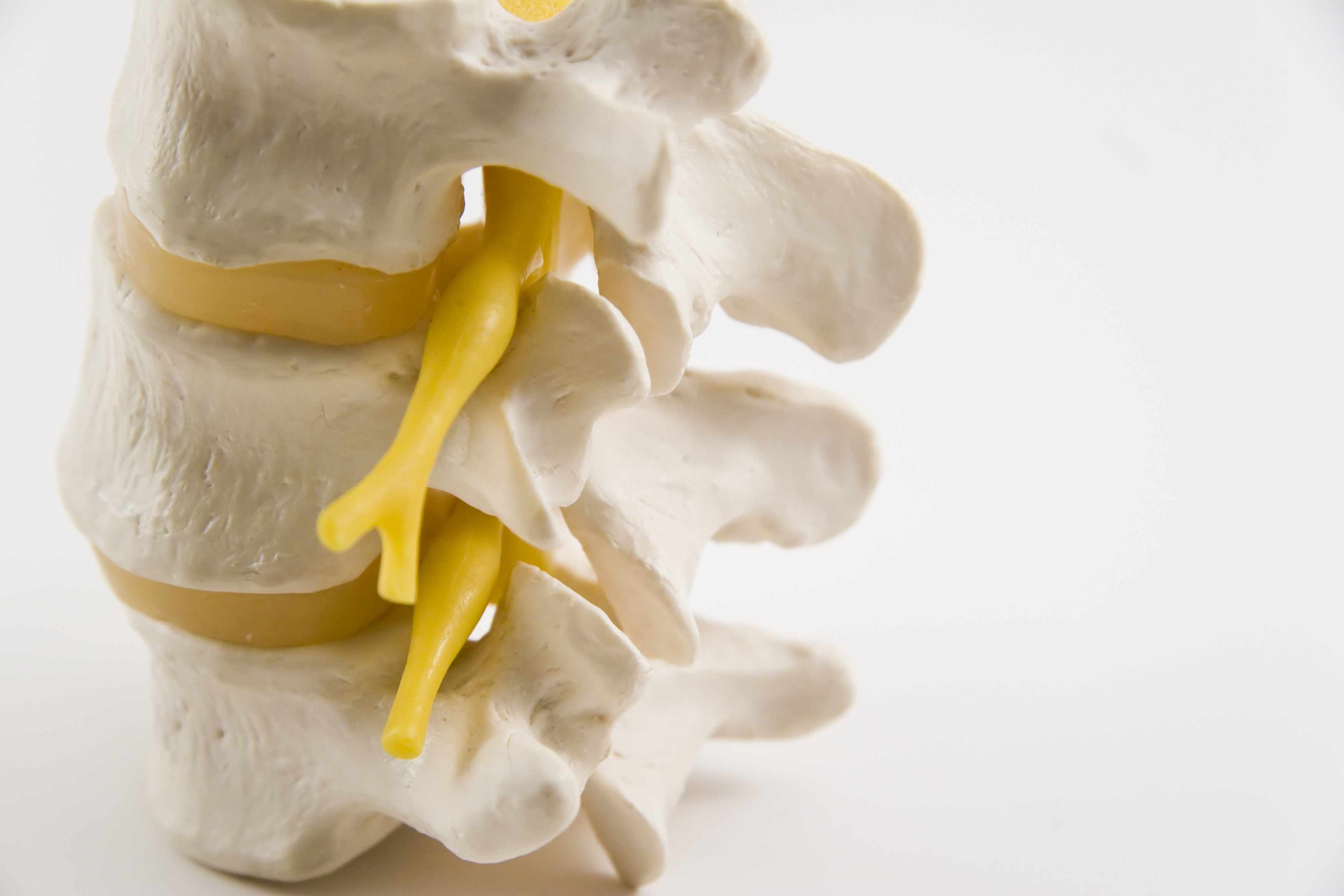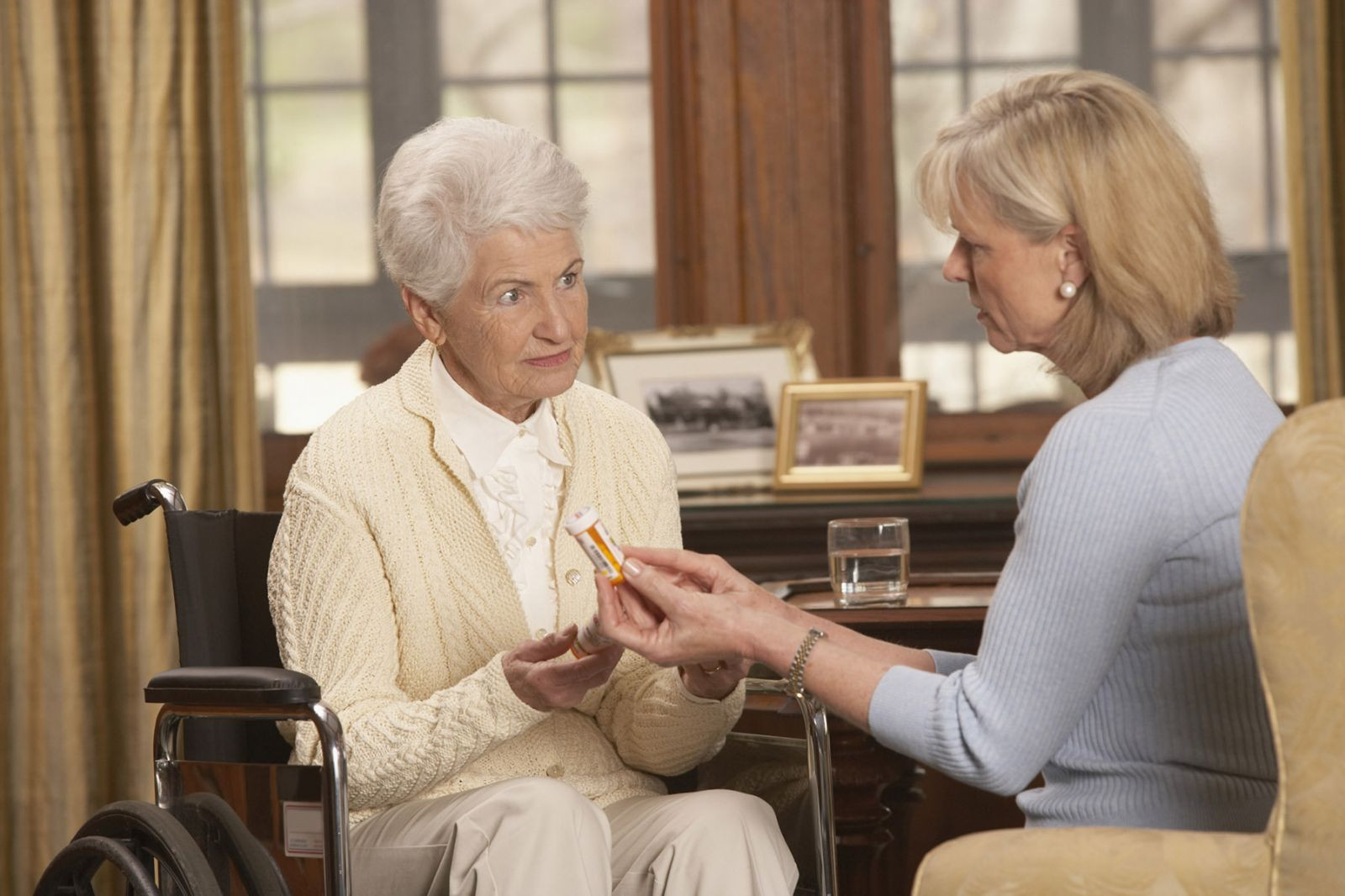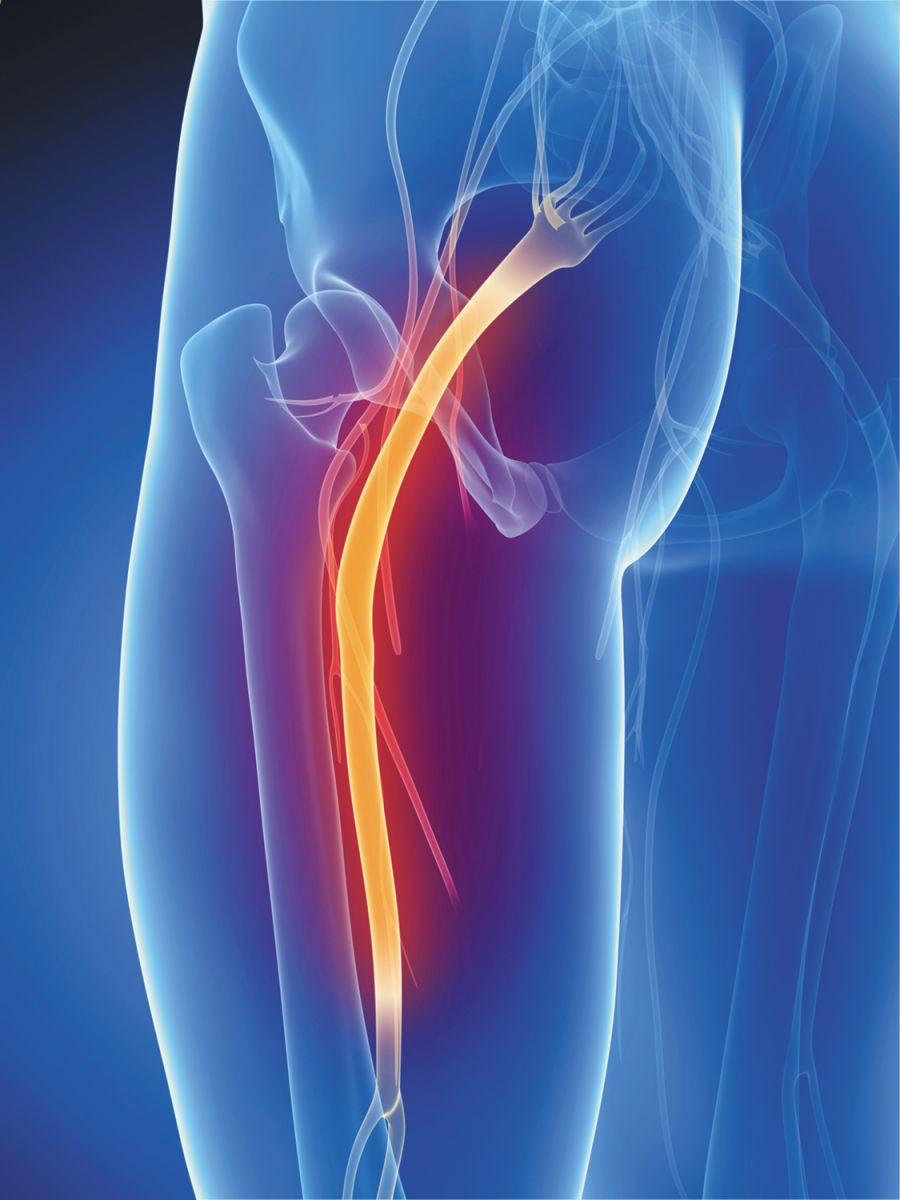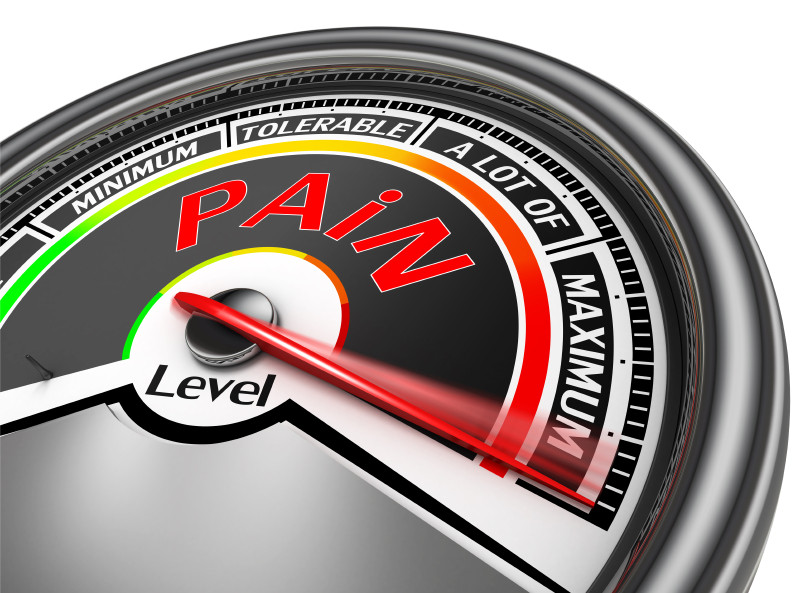
5 timeless habits for better health

What are the symptoms of prostate cancer?

Is your breakfast cereal healthy?

When pain signals an emergency: Symptoms you should never ignore

Does exercise give you energy?

Acupuncture for pain relief: How it works and what to expect

How to avoid jet lag: Tips for staying alert when you travel

Biofeedback therapy: How it works and how it can help relieve pain

Best vitamins and minerals for energy

Should you take probiotics with antibiotics?
Back Pain Archive
Articles
Prescription pain pills: Worth the risks?
Thorough risk assessment and family assistance may help you take them more safely.
Prescription pain pills such as oxycodone (Oxycontin) and hydrocodone (Vicodin) are in a class of drugs known as opioids. They're typically used to treat severe pain after surgery, and sometimes to treat chronic pain. But these drugs come with many risks, including addiction. Does that put you at risk if you take opioids? "You have to look at it on a case-by-case basis," says Dr. Hilary Connery, an addiction psychiatrist at Harvard-affiliated McLean Hospital.
Risks and benefits
Opioids are powerful painkillers that block messages of pain to the brain and decrease the body's perception of discomfort. They may also create a feeling of euphoria. Opioids are especially useful in the short term, such as the initial weeks following joint replacement. Common side effects include nausea, itching, drowsiness, or constipation.
Sciatica: Of all the nerve
Sciatica does not need to be a pain to treat. There are several ways to minimize and manage flare-ups.
Sciatica is one of the most common, yet misunderstood, types of pain. As many as 40% of people will get it during their life, and it becomes more frequent as you age.
"People who suffer from acute or chronic back pain tend to be more susceptible to sciatica," says Dr. Jeffrey N. Katz, professor of medicine and orthopedic surgery at Harvard Medical School. "Your risk also rises if you're obese, if you smoke, or if you're sedentary."
Low back pain attacks: One pill may be enough
Image: Thinkstock
In the Journals
Adding muscle relaxers or narcotic pain relievers to the nonsteroidal anti-inflammatory drug (NSAID) naproxen (Aleve) did not improve pain or function for people who went to emergency rooms seeking help for severe low back pain, according to a study in The Journal of the American Medical Association.
The study followed a group of 320 people who visited the same emergency room in the Bronx, N.Y. None had symptoms that would suggest disk-related back pain, like shooting pain down the back of the legs (sciatica). They were all advised to take naproxen for 10 days and were chosen at random to add one of three additional pills: the muscle relaxer cyclobenzaprine (Flexeril); ox-ycodone (Percocet), a narcotic pain reliever; or a placebo.
Three steps to build a better back
Brisk walking works many muscles that support a strong and healthy back, such as the muscles in the thighs, calves, abdomen, hips, and buttocks. Image: Thinkstock |
Strengthening, stretching, and improving posture will go a long way toward reducing back pain that comes with age.
Physical therapy as good as surgery for common spine-related back pain
New study findings provide better guidance to men about treatment options for spinal stenosis.
Spinal stenosis, a progressive narrowing of the space around the lower (lumbar) spinal nerves, is a common cause of back pain and disability in men over age 65. When anti-inflammatory medications and injections fail, stenosis sufferers start looking for other solutions. A surgical procedure called decompression can improve things temporarily, but like any back surgery, it comes with risks.
Best bets for back pain
Judicious use of pain relievers can help you keep doing your usual daily activities, which aids recovery from back pain. Images: Thinkstock |
When your back is bothering you and you don't want to take prescription drugs, over-the-counter solutions and physical therapies can help relieve symptoms.
Physical therapy and back surgery equally effective, study shows
Spinal stenosis—narrowing of the spinal canal that increases pressure on spinal nerves—is a common source of lower back pain and weakness. Although many people assume that surgery to remove pressure on the nerves is the most effective way to bring relief, there is little evidence to support that assumption. A study reported in the April 7, 2015, issue of Annals of Internal Medicine indicates that physical therapy may be just as effective as back surgery in providing pain relief and enabling people to get around better.
For the study, 169 men and women with disabling spinal stenosis were randomly assigned to two groups—87 to have surgery and 82 to have intensive physical therapy. Two years later, both groups had similar results on physical function tests. However, 33 of the patients who underwent surgery had complications, usually requiring more surgery.

5 timeless habits for better health

What are the symptoms of prostate cancer?

Is your breakfast cereal healthy?

When pain signals an emergency: Symptoms you should never ignore

Does exercise give you energy?

Acupuncture for pain relief: How it works and what to expect

How to avoid jet lag: Tips for staying alert when you travel

Biofeedback therapy: How it works and how it can help relieve pain

Best vitamins and minerals for energy

Should you take probiotics with antibiotics?
Free Healthbeat Signup
Get the latest in health news delivered to your inbox!
Sign Up











